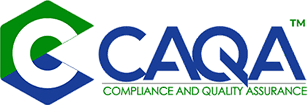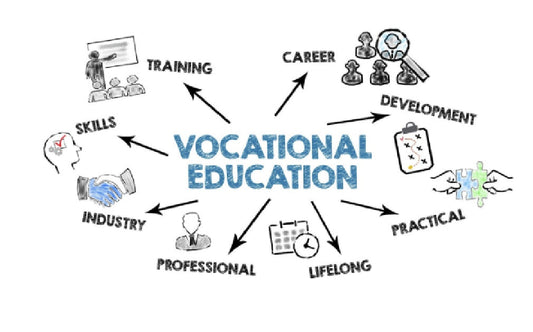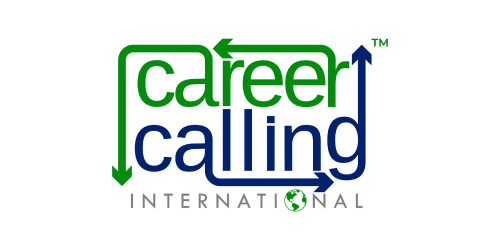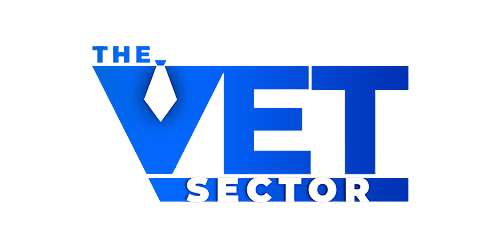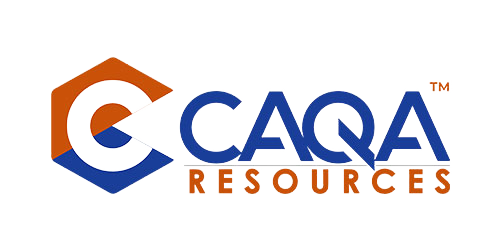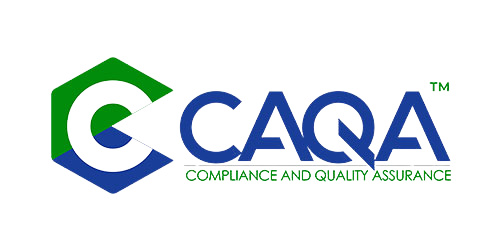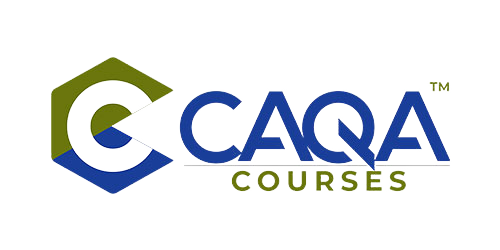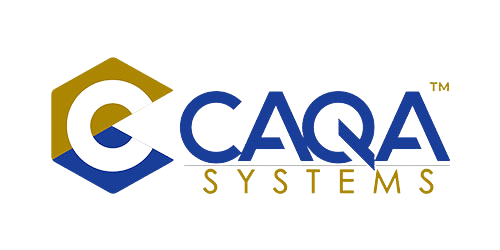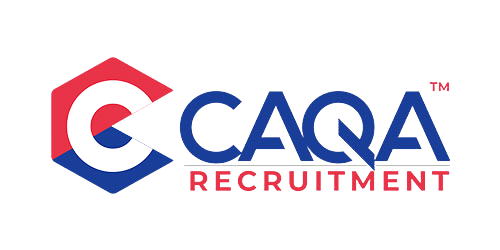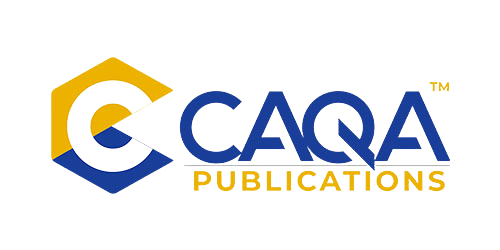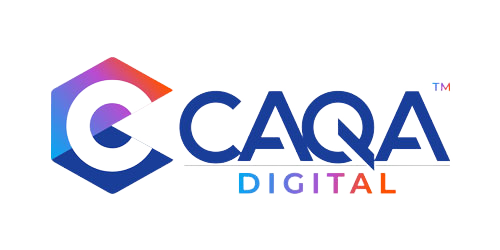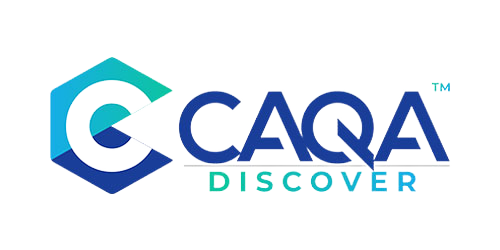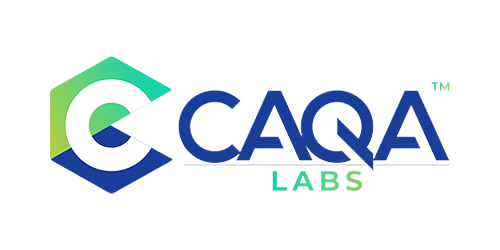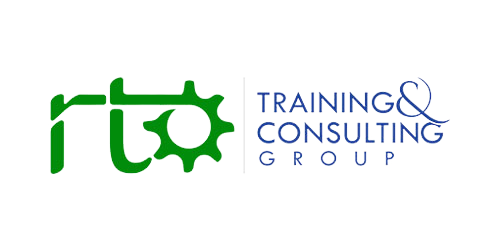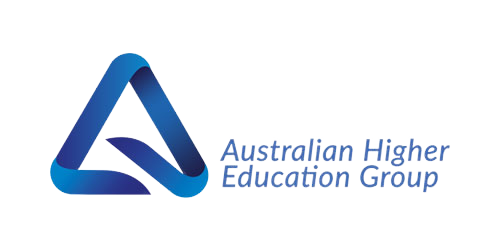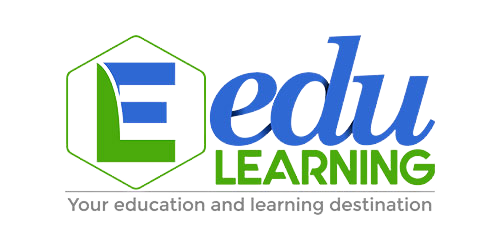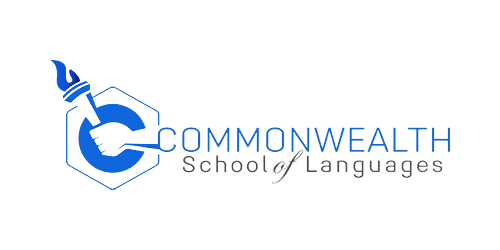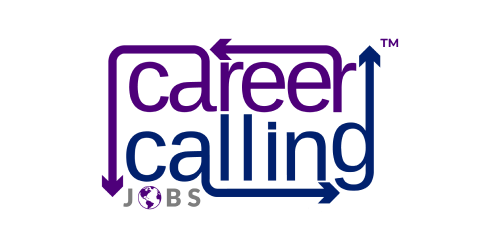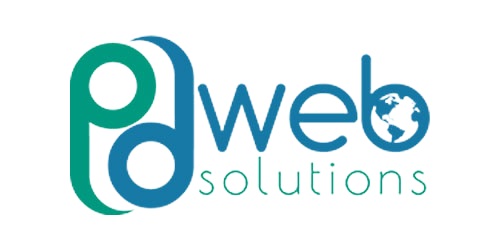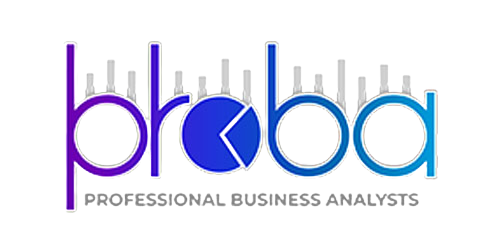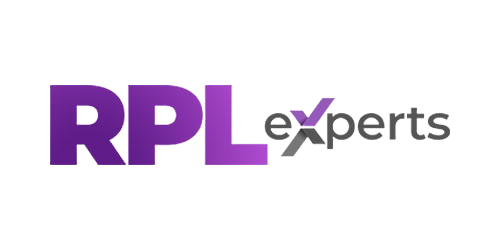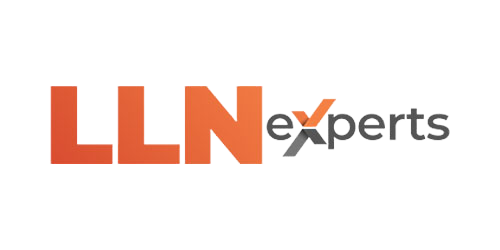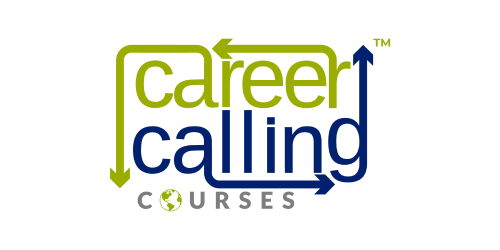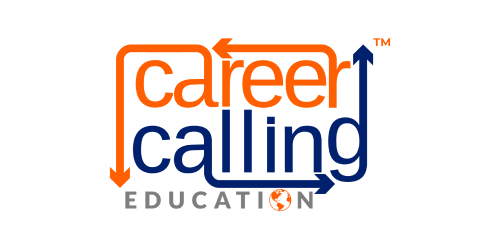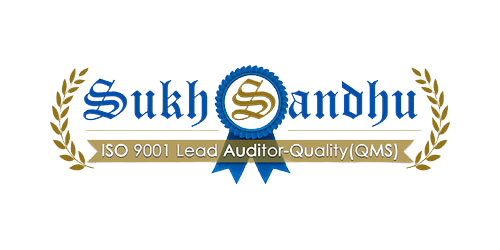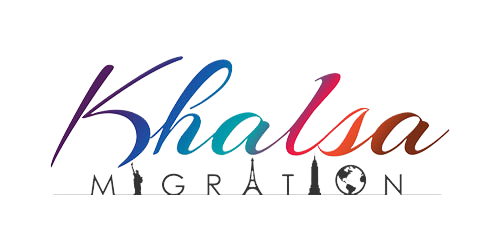When the Vocational Education and Training sector talks about academic integrity, it often does so in the hushed tones of risk registers and audit findings. CAQA’s recent specialised session for the VET Development Centre (VDC) cut through that noise. It treated contract cheating not as a niche compliance problem but as a system-level threat to competence, credibility and community trust—one demanding practical tools and principled leadership. Led by three of the sector’s most seasoned practitioners—Anna Haranas, Michelle Newman and Sukh Sandhu—the masterclass was as much about building resilient practice as it was about decoding misconduct. The presenters’ names on the opening slide set the tone for a rigorous, solutions-focused program, grounded in evidence and experience.
Integrity beyond slogans
The session began with first principles: academic integrity as a living value set, not a slogan to be rolled out in orientation week and forgotten by census date. By returning to foundations—the six values of honesty, trust, fairness, respect, responsibility and courage—the presenters reframed integrity as everyday behaviour embedded in the learning relationship and verified through assessment. This is not rhetorical garnish. It is the anchor for deciding what to teach, how to assess and how to respond when things go wrong. The materials made that explicit, situating integrity as the thread running through teaching, assessment, feedback and professional ethics in practice.
A masterclass mapped to capability
One of the session’s strengths was how deliberately it mapped to the VET Practitioner Capability Framework, showing the direct connection between ethical practice, assessment design, systems thinking and evidence-based decision-making. That alignment matters. It positions integrity work within the practitioner’s role, not as an add-on reserved for compliance specialists. The deck itself made the mapping clear and placed the topic alongside a wider program of capability uplift—reinforcement that integrity is part of the craft of teaching, not an administrative afterthought.
Three voices, one message
Anna, Michelle and Sukh brought more than a century of combined experience to the masterclass, blending consulting, regulatory audit, resource development and sector reform work. Across their careers—each as an ISO 9001 lead auditor—they have seen what strong systems look like under pressure and how weak ones fail. That vantage point shaped a session that moved confidently from policy to practice, from red flags to redesign, and from reactive detection to proactive culture building. The seamless handovers reflected a shared view: integrity is everyone’s business, and the most durable solutions are the ones that make good academic practice the easiest thing to do.
Contract cheating, rendered plainly
Definitions matter because they do practical work. Contract cheating was defined plainly as the outsourcing of academic tasks—paid or unpaid—to third parties, with the intent to present someone else’s work as one’s own. Framing the behaviour this way separates it from everyday collaboration or poor paraphrasing and centres the deliberate misrepresentation at its core. The session then unpacked common modes—commercial writing services, file-sharing marketplaces, paid exam-taking, and peer collusion—so trainers and assessors can recognise how the same underlying deception wears different masks in different assessment contexts.
What the numbers are really telling us
The masterclass did not sensationalise the prevalence data; it contextualised it. Large-scale studies suggest that roughly five to six per cent of students admit to contract cheating at least once, with some estimates indicating eight to ten per cent outsourcing work, four times higher than mid-2010s baselines. The trend line rose sharply during the pandemic’s pivot to online learning, and AI-enabled tools have since lowered the friction for both producing and marketing bespoke work. For VET, the materials flagged a sobering implication: if undetected, a non-trivial share of qualifications may be exposed to integrity risk, eroding employer confidence and learner pride in the credential.
Who gets targeted, and why that matters
A particularly valuable segment engaged with international student vulnerability. The session cited research indicating that international cohorts are disproportionately targeted by commercial cheating services and explored why: unfamiliarity with local integrity standards, different academic conventions, language barriers and reliance on offshore support networks. The point was not blame; it was design. If risk is unevenly distributed, then support, orientation, and communication should be tailored, early and ongoing. The slides made the policy and practice implications explicit—clearer standards, in-person onboarding, culturally attuned explanations and persistent coaching around what genuine help looks like.
Where the online shift left us exposed
Online and blended delivery are now permanent features of Australian VET. They are also fertile ground for third-party interference. The masterclass catalogued the weak points created by the rapid scaling of remote teaching: identity verification gaps, the ease of outsourcing take-home tasks, informal backchannel communications that slide into collusion and long assignment windows that invite “just this once” shortcuts. None of these vulnerabilities is insurmountable, but they do change the calculus for assessment. The materials argued for a design that anticipates circumvention and includes verification within normal learning and assessment workflows. The rationale was pragmatic: in a digital environment, integrity by design is cheaper and kinder than integrity by surprise.
The legal frame: more than campus policy
The session located institutional practice within a robust legal and regulatory context. Since September 2020, it has been a criminal offence to provide or advertise academic cheating services, with penalties that include jail terms and substantial fines. Crucially, the law targets the supply side—the providers and promoters—not the students; institutions still pursue their own disciplinary processes for student misconduct. The materials also highlighted the law’s extraterritorial reach, acknowledging that many services operate offshore but still target Australian learners. That point matters for VET leaders who may otherwise underestimate the state’s enforcement intent, and it reinforces the need for clear, defensible institutional reporting pathways.
What ASQA audits keep finding
Bringing the focus back to VET, the masterclass drew attention to a recurring red flag in ASQA audits: the authenticity of assessment evidence. The slide that collated those findings—visible in the deck around page 93—spelled out the associated compliance gaps, from weak identity checks through to misaligned tasks and under-documented processes. Practitioners in the room hardly needed convincing; many will have spent evenings reconstructing assessment judgements because authenticity could not be shown. The takeaway was constructive rather than punitive: if authenticity is a sector-wide pain point, then design, verification and documentation must be strengthened as a system, not patched one RTO at a time after the fact.
Detecting deception without becoming detectives
If prevention is ideal, detection still matters. The presenters offered a professional, human-centred approach to recognising when a piece of work might not be a student’s own. Instead of chasing “gotcha” moments, they emphasised patterns. Sudden leaps in sophistication without an accompanying arc of learning; writing that swaps out a student’s familiar cadence for imported jargon; changes in formatting or citation style that read like another author’s fingerprint; and oral defences where the student hesitates to explain the choices that the text so confidently asserts—all can be meaningful, especially together. The point is not to pathologise improvement, but to triangulate evidence before initiating a conversation or formal process.
Teaching, testing and talking it through
Some of the most useful advice concerned viva voce and other dialogic checks built into the assessment. Where practicable, short, purposeful conversations validate authorship and deepen learning. Body language, confidence with terminology and the ability to walk through reasoning are not “lie detectors”; they are fairness tools, giving students a chance to demonstrate understanding in their own words and giving educators extra texture before making high-stakes judgments. Used consistently, these moments normalise reflection and reduce the drama when verification is required.
Technology that helps, and the care it requires
The masterclass did not romanticise technology, but it showed how to put existing tools to work. Inside the LMS, basic settings do a lot: similarity checking, timestamped submission trails, and secure quiz environments reduce opportunities for third-party intervention. Requiring drafts through institutional Google Workspace or Microsoft 365 enables version histories that reveal genuine writing development and suspicious last-minute rewrites. In higher-stakes scenarios, online proctoring is an option—but one that must be balanced with privacy, fairness and access considerations. Technical literacy for staff and students, clear communication about what the tools do, and consistent application of settings are as important as the tools themselves.
Design that makes cheating inconvenient and learning worthwhile
Assessment design sat at the centre of the session’s prevention strategy. Authentic tasks that mirror workplace realities are harder to outsource plausibly. Personalised elements, contextualised scenarios and staged submissions with feedback create a trail of learning that services find costly to imitate. Brief oral components, in-class application and reflective annotations do the same, translating competence from the page into performance. None of this diminishes academic standards; it makes them visible. The materials were unequivocal: contract cheating is an attempt to avoid doing the work. Good design makes the work itself the most efficient route to success.
Culture is a leadership choice
Policy statements are necessary; culture sustains them. The masterclass laid out what integrity-minded leadership looks like on the ground: resource the work, train staff, invest in systems, articulate a consistent zero-tolerance posture toward cheating, and—importantly—celebrate integrity as a positive identity, not a fear-based compliance stance. Recognition, storytelling and visible alignment between words and actions build the kind of classroom and workplace where integrity becomes habit. This is less about posters on walls than about decisions in timetables, PD calendars and assessment briefs.
A layered defence, not a single silver bullet
The “multi-layered prevention system” diagram in the deck captured the strategy succinctly: leadership and culture, cheat-resistant assessment, curriculum integration, clear communication, student and staff support, and judicious use of technology working together. No single control is perfect; together they raise the cost of circumvention and lift the payoff for learning. The elegance here is its practicality. Most RTOs can begin with what they already have—curriculum refreshes, viva segments, LMS settings, orientation modules—and then expand.
Know the reporting pathways—and use them
For VET leaders, the regulatory pathways matter. While the TEQSA framework is formally anchored in higher education, the session materials emphasised sector-wide expectations of clear policies, training, student guidance and the capacity to report suspicious commercial services to the regulator. That scaffolding helps align institutional practice with national enforcement and signals to students and staff that integrity is protected from classroom to courtroom. In practice, it means clinicians of policy and practitioners of assessment share the same map.
Enforcement is real—and increasingly coordinated
The legal piece is not theoretical. Since 2021, Australia has pursued prosecutions against commercial essay mills, with significant fines and injunctions. The slides even revisit the infamous MyMaster scandal to underline the reputational and personal cost when misconduct scales. Internationally, Australia is not alone. The UK and New Zealand have also criminalised the supply of cheating services, and cooperation across borders is growing. For VET leaders, the message is twofold: your prevention and detection efforts have a national backdrop, and your learners are navigating a marketplace that is being squeezed by law even as it fragments and innovates online.
What to do on Monday
The masterclass never lost sight of the practical. It urged practitioners to begin where they stand: redesign one high-risk task to include staged submissions and a short viva; switch on submission-history tools; set classroom expectations with plain-language exemplars; rehearse fair, consistent misconduct processes; and schedule staff PD around detection and ethical response. Above all, it argued for treating integrity education as part of the curriculum, not disciplinary triage—teaching the difference between collaboration and collusion, how to cite properly, and what “getting help” looks like when it is honest and when it is not. That “teach it, don’t just police it” ethos turned a compliance topic into a learning strategy.
Reading the signs without replacing judgment
One of the most nuanced parts of the session dealt with how to interpret signs of possible outsourcing. A strikingly polished paper may be the fruit of support and effort, not a bought essay. A shaky viva may reflect nerves or language confidence rather than deception. The presenters’ advice was to contextualise evidence, look for patterns across time, document observations professionally and remain open to benign explanations until the weight of facts points otherwise. The goal is not to criminalise growth; it is to verify authorship and support learning while protecting fairness for all students.
The online frontier is here to stay
Contract cheating is not an “online problem,” but the online environment accelerates it. That means verification has to travel with learning: formative checkpoints aligned to summative tasks, reflective annotations on artefacts, short oral components at key milestones, and assessment windows designed to narrow opportunities for outsourcing while preserving accessibility. LMS analytics and version histories are not surveillance for its own sake; used well, they are mirrors of learning that help students—and staff—see progress honestly.
A sector standard we can live with
Perhaps the most quietly radical aspect of the masterclass was its insistence that integrity be treated as part of quality, not separate from it. If the authenticity of evidence is a common audit gap, then authenticity should become a design criterion in every unit outline and assessment validation conversation. If international students face distinct challenges, then orientation, exemplars, and feedback practices should reflect that reality. If AI has changed the economics of cheating, then assessment should change the economics of learning—raising the rewards for doing the work and the friction for outsourcing it. Viewed this way, integrity is not a compliance burden to be borne; it is a feature of good teaching to be designed.
From compliance to confidence
By the end of the session, what emerged was a template for moving from anxious compliance to confident practice. It is the template you see when leaders resource integrity as they would safety, when teachers design for authorship as they do for learning outcomes, and when students are taught how to succeed honestly from day one. It is also the template that survives audit because it works for learners first. The ASQA findings highlighted in the deck—those recurring authenticity gaps—cease to be crises if authenticity is simply how we teach and assess. That is not an overnight shift, but it is achievable with the tools at hand.
The last word
CAQA’s VDC masterclass on contract cheating delivered exactly what this moment demands: a clear definition of the problem, a layered prevention strategy, a humane detection approach and a call to leadership that puts integrity at the centre of quality. It neither minimised the challenge nor moralised it. Instead, it offered a road map that any RTO, TAFE or higher education provider can adapt: design for authenticity, teach for integrity, verify with care, and lead so that the honest path is the easiest path. In a sector built on competence, that is the only path that honours our students, our employers and the promise of Australian qualifications.
For more information and to book the upcoming professional development session, please visit https://vdc.edu.au/vdc-news/vdc-ai-masterclasses-2/
